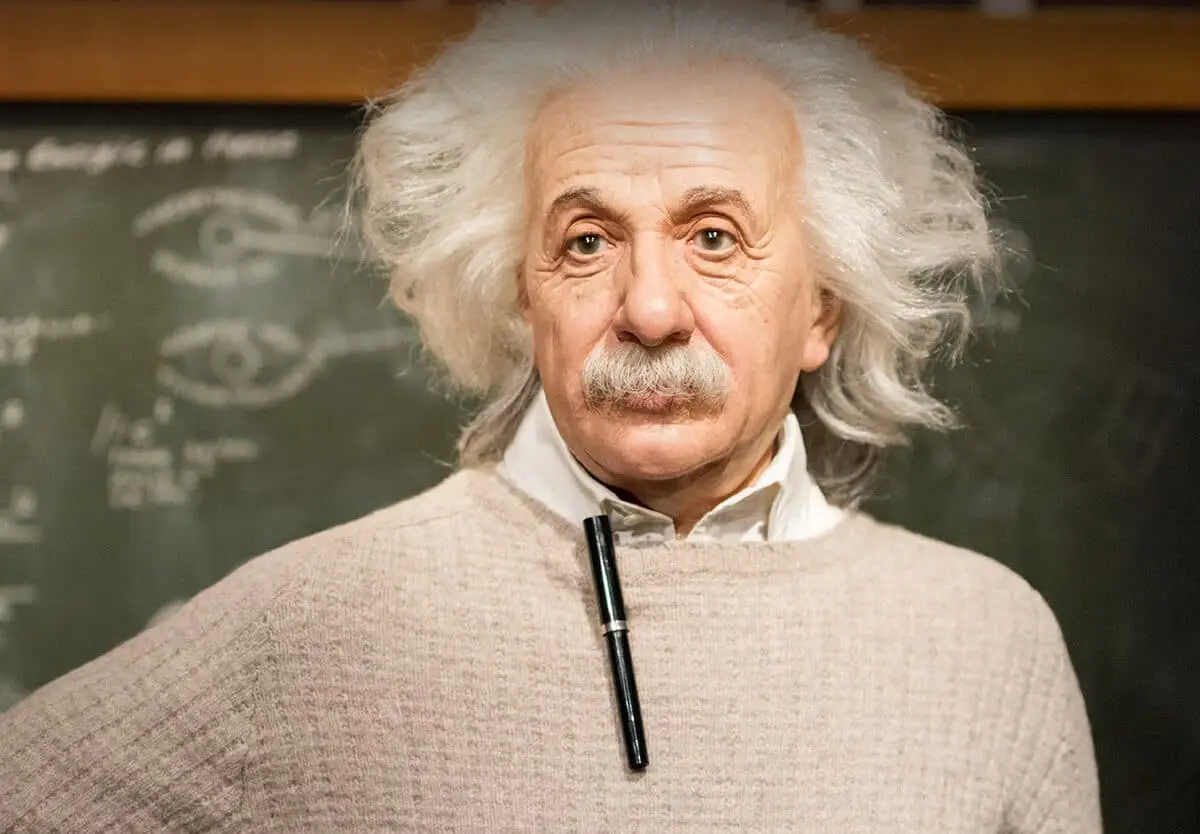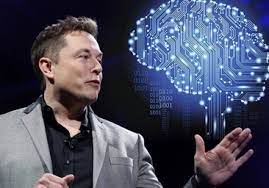- RESEARCHDistance Learning at AIU is enhanced by vast academic resources and innovative technologies build into the Virtual Campus: Hundreds of self-paced courses with video lectures and step by step lessons, thousands of optional assignments, 140,000 e-books, the Social Media & Networking platform allowing collaboration/chat/communications between students, and MYAIU develop students holistically in 11 areas beyond just academics.
- PROGRAMS OFFERED
- Areas of Study
- Courses and Curriculum
- Open Courses
- Register for a Program
- Associate Program
- Associate in Addiction Counseling
- Associate in Agriculture Food And Resources
- Associate in Anti Terrorism Security
- Associate in Behavior Analysis In Special Education
- Associate in Bioethics
- Associate in Climatology
- Associate in Cultural Theological Communication
- Associate in Culinary Arts
- Associate in Ecotechnology
- View all Associates Programs
- Bachelor Program
- Bachelors in Community Development
- Bachelors in Environmental Science
- Bachelor in Education (B.Ed, BS)
- Bachelors in Economics
- Bachelors in Entrepreneurship
- Bachelors in Financial Administration
- Bachelors in Human Resource Management
- Bachelors in Linguistics
- Bachelors in Nutritional Science
- Bachelors in Occupational Health and Safety
- Bachelors in Psychology
- View all Bachelor Programs
- Doctorate Program
- Doctor | of Biology (PhD)
- Doctorate in Business Administration (DBA, PhD)
- Doctor of Economics (PhD)
- Doctor of Electrical Engineering (D.Sc, PhD)
- Doctor of Finance (PhD)
- Doctorate in International Relations
- Doctorate in Information Technology (D.Sc)
- Doctor of Legal Studies (PhD)
- Doctor of Project Management (PhD)
- Doctor of Sociology (PhD, D.Sc)
- Doctorate in Sustainable Natural Resources Management
- View all Doctorate Programs
- Master Program
- Postdoctoral Program
- Postdoctoral in Animal Science
- Postdoctoral in Anti Terrorism Security
- Postdoctoral in Behavior Analysis In Special Education
- Postdoctoral in Bioethics
- Postdoctoral in Blockchain Technology and Digital Currency
- Postdoctoral in Business Management
- Postdoctoral in Cloud Computing
- Postdoctoral in Computer Engineering
- View all Postdoctoral Programs
AIU offers a wide range of majors in areas including the Arts, Business, Science, Technology, Social, and Human studies. More than 120 degrees and programs are available for adult learners at the associate’s, bachelor’s, master’s, doctoral and postdoctoral level. - VIRTUAL CAMPUS
Distance Learning at AIU is enhanced by vast academic resources and innovative technologies build into the Virtual Campus: Hundreds of self-paced courses with video lectures and step by step lessons, thousands of optional assignments, 140,000 e-books, the Social Media & Networking platform allowing collaboration/chat/communications between students, and MYAIU develop students holistically in 11 areas beyond just academics.
- ALUMNI
The world is YOUR campus!”, that is the message of AIU’s month magazine Campus Mundi. Hear the voices and see the faces that make up AIU. Campus Mundi brings the world of AIU to you every months with inspirational stories, news and achievements by AIU members from around the world (students and staff are located in over 200 countries).
America's Nuclear Renaissance: Powering a Clean Energy Future

What are the most pressing challenges that nuclear power currently faces and how will the industry confront them?
How will small modular reactors dramatically shift the future of clean energy?
What can be done to change public attitudes toward nuclear power?
Use the details in the article to write an essay that focuses on nuclear power renaissance in U.S. History. Now, as the blog writers, its placement and also its examples that often slid off the edge have presented problems for us. Also look for and critique ambiguities in ideas and decisions that are hard for people to bear or figure out — all of which are raw material for this essay.
(Login to your student section to access the AIU Additional Resources Library.)
America's Nuclear Renaissance: Powering a Clean Energy Future
It is a remarkable achievement that the United States accomplished 100% clean electricity in 2035. This milestone marks a fundamental turning point in the nation’s energy history and represents success. This milestone is a turning point in the country’s energy history, showing that the transition from fossil fuels has been successful. Although solar and wind power have led the thrust into clean energy, a lot of this buck belongs on nuclear power’s doorstep.
For years, nuclear energy was seen as a dying behemoth with expensive power, regulatory hurdles and public disbelief. Nevertheless, amid growing demand for electricity, technological advances in the modern age, and policy changes that were never before seen in history but have made possible nuclear energy enjoyed an unprecedented revival. This article introduces how America rejuvenated its nuclear industry, what difficulties it encountered, and what role the sector now plays in ensuring our power grid is both sustainable and resilient.

America’s Nuclear Future
Nuclear power has been part of the US energy landscape for more than eight decades. Since the uranium atom was first discovered by scientists, nuclear fission provides an effective and carbon-free means of generating electricity. Despite its advantages, however, the U.S. has seen a decline in the number of nuclear reactors for decades. People cite safety concerns, high costs, and long construction times as reasons.
Yet as urgency for dealing with climate change intensifies, nuclear power is being re-evaluated as an essential element of the clean energy mix. Unlike solar and wind, nuclear furnishes uninterrupted and dependable basic electrical power. This secures network stability even in periods of low renewable output.
A Historical Perspective: America’s Nuclear Journey
In conclusion, to see how America’s nuclear power has been revived, one must look at key milestones along the way.
The Early Days (1951–1970)
1951: Scientists at Argonne National Laboratory generate electricity from nuclear fission for the first time through the Experimental Breeder Reactor.
1953:Atomic Energy Commission, Dwight D. Eisenhower Deliver The “Atoms for peace”, Advocates peaceful use of nuclear energy to the world 1957; United States had its only commercial power plant tied into an experimental reactor at Shipping port declared operational.
1970: With more than 1,000 reactors, supplying half the energy of its storage capacity tables forecast has same problem as everywhere
Challenges and Stagnation–1979 to 2009
1979: The Three Mile Island accident, the worst nuclear disaster in U. S. history, leads to more regulation and public concerns.
1980s – 1990s: Because of the high cost and stringent rules for safety, nuclear expansion slows down. In the next 30 years only one new reactor project is set in motion; over 100 planned ones are not built.
2009–2017: Construction begins at four new reactors. But only two are built, suffering from delays and high budget overruns.
2024: Operating reactors total 94 in number, producing about 19% of U.S. electricity and half its clean energy.
Where We Are Now: America at a Crossroads
The United States has to face tough questions: Its reactors—average age 42 years old—are getting older and older. It now had to decide whether to retire the nuclear plants or in a fresh effort keep moving ahead. Forecasts showed that power from nuclear plants would shrink to 13% of the energy mix by 2050 if drastic measures were not taken. At the same time, to meet the goal of 100% clean electricity in 2035, nuclear power was going to have grown 27 percent or more.
As well as the emergency that was looming, the question also became clear: how could America reverse the downturn in its nuclear-energy industry and make it a viable solution for the future?
Strategies for Nuclear Revival
Reducing Regulatory Barriers
Historically, constructing a nuclear plant in the U.S. has been expensive and time-consuming. Shifting regulations led to virgin construction charges as well as long delays without end.
If you are dissatisfied with passive cooling systems or if that is the main issue then find a way that uses air temperature.It is extremely hard to convince someone of the safety of a nuclear power plant without physically showing them one over many years at a time (instead of just a few days).

One example would be Fukushima.Another disadvantage of this type reactor is its potential for core meltdown leading to hydrogen explosion or steam burst. Both would spew contamination like Chernobyl and leave behind an uninhabitable area for generations again! A third weakness which you may not have noticed before becomes more obvious by contrast. Because large power plants are so much more expensive to build than small ones, the total cost of the site is also considerably higher.Once the utilities started to establish long-term operations budgets, their nuclear power sector started down a steady path to financial failure.When people complain about the price of electricity, what are they really saying?
Usually it is meant to point out not only that this commodity’s cost is greater by historical standards but also that we cannot accomplish very much beyond meeting these basic needs for life at such high rates. Just because our world is in the pink of everything requires vast amounts of power to provide food, clothing, shelter–not mention creature comfortsIn the 1960s, building a nuclear reactor had an overnight cost of approximately $1,000-$1,500 per kW. By the 1970s, this cost had doubled to $3,000-$6,000 per kW. Fast forward to the 2020s, and new nuclear projects had skyrocketed to $7,000 per kW, taking over a decade to complete.
To address this challenge, the U.S. government introduced major legislative reforms:
The Inflation Reduction Act (2022): Provided tax credits covering up to 50% of new nuclear construction costs. The ADVANCE Act (2024): Streamlined the licensing process, reduced fees, and instructed the Nuclear Regulatory Commission (NRC) to support the growth of nuclear power rather than hinder it.These policies made nuclear investment more attractive and helped accelerate new projects.
Encouraging Innovation in Nuclear Technology
Traditional nuclear reactors are massive, expensive, and require extensive infrastructure. However, new designs, such as Small Modular Reactors (SMRs) and Microreactors, have the potential to revolutionize the industry.
Small Modular Reactors (SMRs) & Microreactors
More Flexible: Unlike traditional reactors, SMRs can be sited in a variety of locations, including remote areas and industrial sites.
Safer by Design: Many next-gen reactors are built with passive cooling systems, which reduces the risk of meltdowns.
Cost-Efficient: They can be made in the factory and put together on site, which greatly reduces construction saves on time and money.
The DOE has launched a number of programs to help popularize small modular reactor (SMR) technologies, including:
- $900 million for the development of SMRs.
- The Advanced Reactor Demonstration Program (ARDP), which will provide grants to companies such as TerraPower that are working on next-gen nuclear reactors so they can be commercialized and widely used.
Responding to public concerns and impression
Despite its advantages, many in the public are still not convinced about nuclear power. The source of this negative public attitude lies in a combination of fear over accidents such as Three Mile Island and Chernobyl, exposure to radiation through cancer or other diseases and also worries about the disposal and storage of spent fuel and waste from nuclear reactors.
Safety and health concerns
- Despite the alarm raised by earlier incidents such as Chernobyl and Fukushima, modern nuclear technology is very safe.
- Statistics tell us that nuclear power has the lowest mortality rate of any source of energy, including coal or natural gas.
Nuclear waste management
- Many people wrongly think that the environmental dangers posed by nuclear waste are immense but in fact all of the waste generated by U.S. commercial reactors since the 1950’s would fit on to a football field at most ten yards deep.
- At present storage solutions employ on-site containment inside secure concrete and steel casks.
- Advanced disposal techniques, such as deep boreholeStorage, can guarantee security of the waste and give it long-term isolation far underground.
To counter misinformation, the DOE has set up educational programs accounting for more than $26 million to inform various groups and deal with worries about storing nuclear waste.
Wrapping Up: Nuclear’s Place in a Sustainable Future
As the United States pushes toward a carbon-free electricity grid. One might add, why nuclear power has been a key contribution to the formula.
While solar and wind power generate energy periodically, nuclear power provides steady, reliable output which is a necessary part of sustainable electrification. Therefore basic human development cannot bypass nuclear energy production.
By making strategic investments, reforming policies, and developing new technologies, The United States has successfully rebuilt its nuclear industry. A safer, cost-effective breed of reactors and increasing public acceptance have put it back at the forefront of America’s clean energy revolution once more.
As we march along, the rebirth of nuclear power in those sectors. Shaping not only the future landscape of American energy but serving as a model for other countries that need to achieve neutrality is what is the legacy.

The nuclear resurrection is upon us and with it brings hope for a cleaner, more resilient world for our children and grandchildren to live in. So, what are you waiting for? Become a part of AIU today and build a sustainable future leveraging education and innovation.
Technologies for Simulation of Renewable Energy Conversion System by Robenson J.
Nuclear Energy: What Everyone Needs to Know
Nuclear Energy: An Introduction to Concepts
Incentive-Oriented Economic Statecraft
References
America’s Nuclear Renaissance: A $1 Trillion Opportunity in the Tech War with China
Reminder to our Dear Students,
Please ensure you are logged in as a student on the AIU platform and logged into the AIU Online
Library before accessing course links. This step is crucial for uninterrupted access to your learning
resources.
AIU Success Stories







Contact Us Today!
Begin Your Journey!
AIU’s Summer of Innovation and Growth gives you the ability to earn up to $5000 in tuition credit by completing free lessons and courses.
Whether you’re looking to acquire new skills, advance your career, or simply explore new interests, AIU is your gateway to a world of opportunities. With free access to 3400 lessons and hundreds of courses the ability to earn credits and earn certificates there’s no better time to start learning.
Join us today as a Guest Student and take the first step towards a brighter, more empowered future.
Explore. Learn. Achieve.

Contact Us
Atlantic International University
900 Fort Street Mall 905 Honolulu, HI 96813 info@aiu.edu
Quick Links
Home | Online Courses | Available Courses | Virtual Campus | Career Center | Available Positions | Ask Career Coach | The Job Interview | Resume Writing | Accreditation | Areas of Study | Bachelor Degree Programs | Masters Degree Programs | Doctoral Degree Programs | Course & Curriculum | Human Rights | Online Library | Representations | Student Publication | Sponsors | General Information | Mission & Vision | School of Business and Economics | School of Science and Engineering | School of Social and Human Studies | Media Center | Admission Requirements | Apply Online | Tuition | Faculty & Staff | Distance Learning Overview | Student Testimonials | AIU Blogs | Register for Program | Privacy Policy | FAQ



















